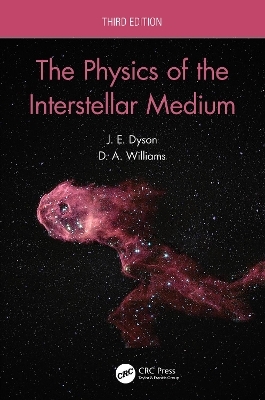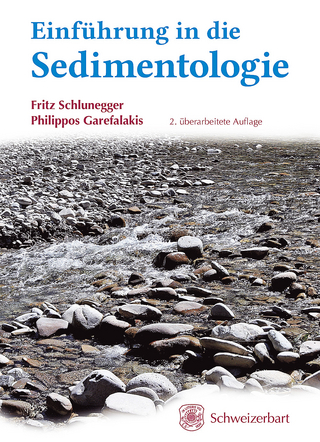
The Physics of the Interstellar Medium
CRC Press (Verlag)
978-0-367-90423-4 (ISBN)
The book leads readers through the range of physical processes operating on both large and small scales that occur in the interstellar medium. It explores the relationship between the dusty, tenuous gas in interstellar space and the formation of stars and planets. This new edition also describes exciting developments in the field of astrochemistry and its interaction with interstellar physics, and the roles played by interstellar dust grains in interstellar physics and chemistry.
Simple models in each chapter, together with problems at the end of each chapter, encompass interdisciplinary applications in atomic, molecular, solid state, and surface physics, and gas dynamics. This popular textbook provides a useful overview and grounding in the study of the interstellar medium and brings insight into many aspects of physics.
Features
An authoritative textbook in the field at this academic level
Provides a wide introduction to the interstellar medium whilst remaining accessible and concise
Revised throughout, presenting a modern understanding of the interstellar medium
John Dyson made outstanding research contributions over many years to our understanding of the responses of interstellar media to winds from stars and from active galaxies. He had a huge influence on these subjects and his work gained an international reputation. Much of his career was at the University of Manchester where he became Professor of Astronomy and Head of Astrophysics. He moved in 1996 to the University of Leeds, becoming Dean of Research, and was appointed Emeritus Research Professor in 2006. He died in 2010 and is much missed by friends and colleagues world-wide who valued his scientific insight, quick wit, kindness and generosity. David Williams is currently Emeritus Perren Professor of Astronomy at University College London. While at NASA’s Goddard Space Flight Center in the 1960s he became interested in interstellar molecules and interstellar dust as potential probes of the interstellar medium. When John Dyson and David were both working in Manchester, John emphasised the importance of cosmic gas dynamics in understanding interstellar chemistry and dust, and David built a research group at UMIST to investigate these and other topics. He left Manchester in 1994 for UCL and has continued to study problems in interstellar physics and chemistry.
Contents
Preface to the Third Edition ............................................................................vii
Some Relevant Physical and Astronomical Information...................................ix
Authors.............................................................................................................xi
Chapter 1 Introduction..................................................................................... 1
Chapter 2 How We Obtain Information about the Interstellar Medium........... 9
Chapter 3 Microscopic Processes in the Interstellar Medium ......................... 31
Chapter 4 Interstellar Grains.......................................................................... 51
Chapter 5 Radiatively Excited Regions........................................................... 79
Chapter 6 Introduction to Gas Dynamics .................................................... 103
Chapter 7 Gas Dynamical Effects of Stars on the Interstellar Medium........ 135
Chapter 8 Star Formation and Star-Forming Regions.................................. 169
Answers to Problems ...................................................................................... 187
Index.............................................................................................................. 191
| Erscheinungsdatum | 28.07.2020 |
|---|---|
| Zusatzinfo | 10 Tables, black and white; 3 Line drawings, color; 39 Line drawings, black and white; 24 Halftones, color |
| Verlagsort | London |
| Sprache | englisch |
| Maße | 156 x 234 mm |
| Gewicht | 360 g |
| Themenwelt | Naturwissenschaften ► Biologie |
| Naturwissenschaften ► Geowissenschaften ► Geologie | |
| Naturwissenschaften ► Geowissenschaften ► Geophysik | |
| Naturwissenschaften ► Physik / Astronomie ► Astronomie / Astrophysik | |
| Technik ► Luft- / Raumfahrttechnik | |
| ISBN-10 | 0-367-90423-3 / 0367904233 |
| ISBN-13 | 978-0-367-90423-4 / 9780367904234 |
| Zustand | Neuware |
| Haben Sie eine Frage zum Produkt? |
aus dem Bereich


